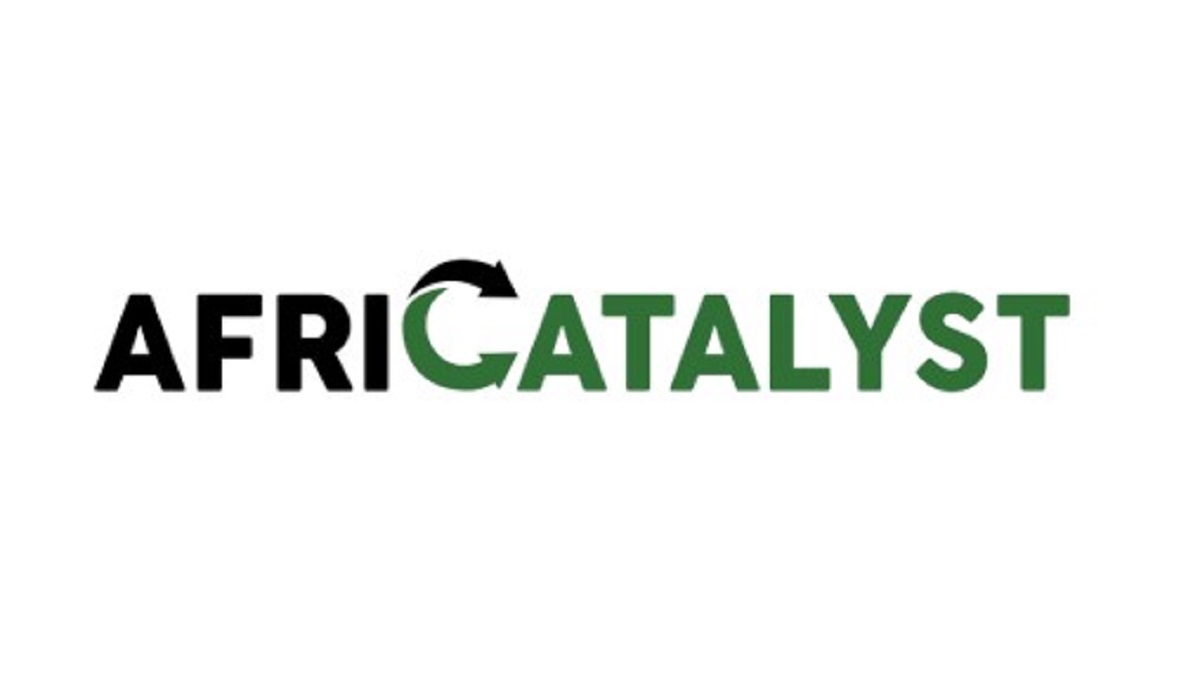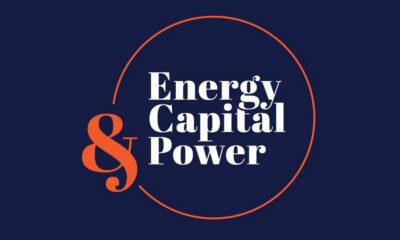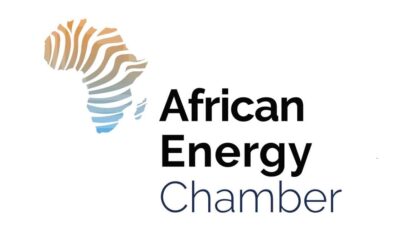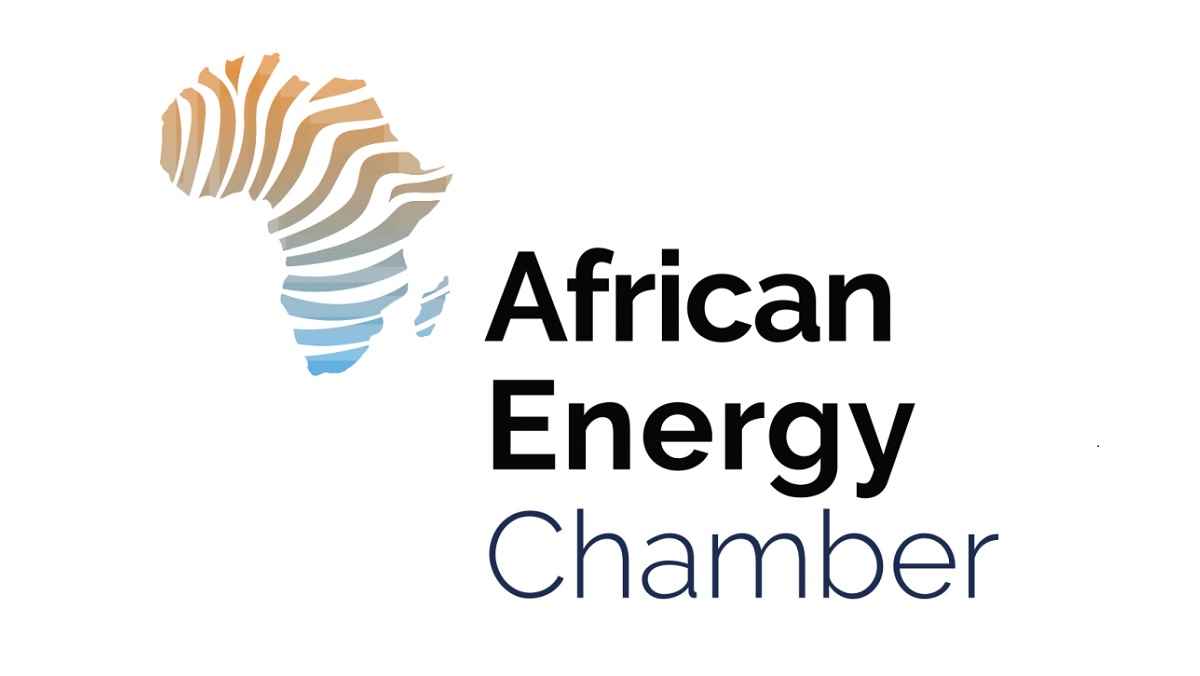Notably, 19 African countries are responsible for 80 percent of the continent’s methane emissions, with Nigeria, Sudan, the Democratic Republic of Congo, and Egypt contributing half of the total
Egalement disponible en Français
DAKAR, Senegal, January 23, 2024/APO Group/ —
AfriCatalyst (www.AfriCatalyst.com), a leading Dakar-based global development advisory group, has urged African leaders to develop a framework for issuing African Methane Abatement Bonds (AMAB). This urgent appeal accompanied the launch of AfriCatalyst’s groundbreaking report (https://apo-opa.co/3ObUfOw) that sheds lights on the alarming surge in methane emissions across the continent and emphasizes the need for immediate global action to mobilize the resources needed to address this environmental crisis.
The report reveals that methane emissions in Africa have risen at an annual rate of 2 percent from 1990 to 2022, contributing a staggering 14 percent to the total global methane emissions. Notably, 19 African countries are responsible for 80 percent of the continent’s methane emissions, with Nigeria, Sudan, the Democratic Republic of Congo, and Egypt contributing half of the total. These emissions predominantly emanate from the agricultural sector (51%), energy production (35%), and waste management (14%).
While almost all African nations have outlined their Nationally Determined Contributions (NDCs), the lack of adequate financing impedes achievement of these goals. Only 2 percent of global climate financing was allocated towards methane abatement last year, and sub-Saharan Africa received a mere 6 percent of global methane financing.
In the report, AfriCatalyst has identified several avenues for boosting domestic and external financing for methane action in Africa. Its launch follows a high-level panel session held by AfriCatalyst in November, 2023, under the theme “Financing Methane Action in Africa ”(https://apo-opa.co/3vSI6Yw).
Only 2 percent of global climate financing was allocated towards methane abatement last year, and sub-Saharan Africa received a mere 6 percent of global methane financing
“Financing methane action faces a number of challenges. The first relates to the limited awareness on methane abatement in Africa and how to finance methane abatement efforts across the continent. There is strong evidence that if we do have ambitious methane abatement objectives in Africa, certainly we will be able to make the continent meet its commitments under the Paris Accord,” remarked Daouda Sembene, AfriCatalyst’s CEO, and co-author of the report.
According to AfriCatalyst, a collaborative effort by the 19 top African methane emitters could unlock additional funding by leveraging available financing from various partners, including European Union (EU) grants which could total nearly 6.4 billion Euros under the Neighborhood, Development, and International Cooperation Instrument – Global Europe (NDICI). Such financial support could be complemented by technical assistance from reputable institutions such as the African Development Bank (AfDB), International Monetary Fund (IMF), and the World Bank.
Recognizing that additional financing alone will not suffice, AfriCatalyst is also calling for innovative solutions aligned with the continent’s realities and specific circumstances. According to the International Energy Agency (IEA), the required spending needs for low-income and middle-income countries amounts to $6.8 billion, while the continent needs $15-20 billion to reduce energy-related methane emissions by 75% by 2030. Innovative strategies, including increased domestic revenue mobilization, leveraging philanthropic funds, and recycling Special Drawing Rights (SDRs) through multilateral development banks like the African Development Bank (AfDB), could fill the gap.
“Africa is the least risky region to do investment – the default rate for financed projects is only 5.5%, the lowest in the world,” Abdoul Salam Bello, Executive Director for the Africa Group II, at the World Bank Group, observed during the webinar in November. “We need to change the narrative of risk by harnessing digital technologies, exploring concessional funding, and establishing a one-stop shop for all investing instruments.”
Dr. Al-Hamndou Dorsouma, Division Manager, Climate and Green Growth Development at African Development Bank Group, further added, “Last year (2022), the African Development Bank allocated 45% of its budget financing to climate action, and we are committed to meeting the Paris Agreement targets by 2025 through applying greenhouse gas accounting tools to estimate methane emissions reduction from each of our projects.”
In its report, AfriCatalyst envisions the issuance of African Methane Abatement Bonds (AMAB) as a pivotal step towards mobilizing innovative financing to support the formulation and implementation of methane abatement measures outlined in countries’ national plans.
The AMAB framework would also create a private investment vehicle to support African Small and Medium-sized Enterprises (SMEs) and entrepreneurs in developing practices that contribute to methane emission reduction.
Distributed by APO Group on behalf of AfriCatalyst.


 Business4 days ago
Business4 days ago
 Business3 days ago
Business3 days ago
 Business3 days ago
Business3 days ago
 Business3 days ago
Business3 days ago
 Business4 days ago
Business4 days ago
 Business3 days ago
Business3 days ago
 Business4 days ago
Business4 days ago
 Business4 days ago
Business4 days ago














